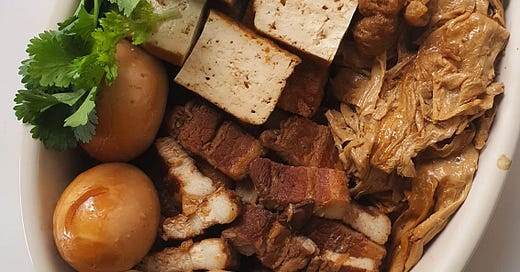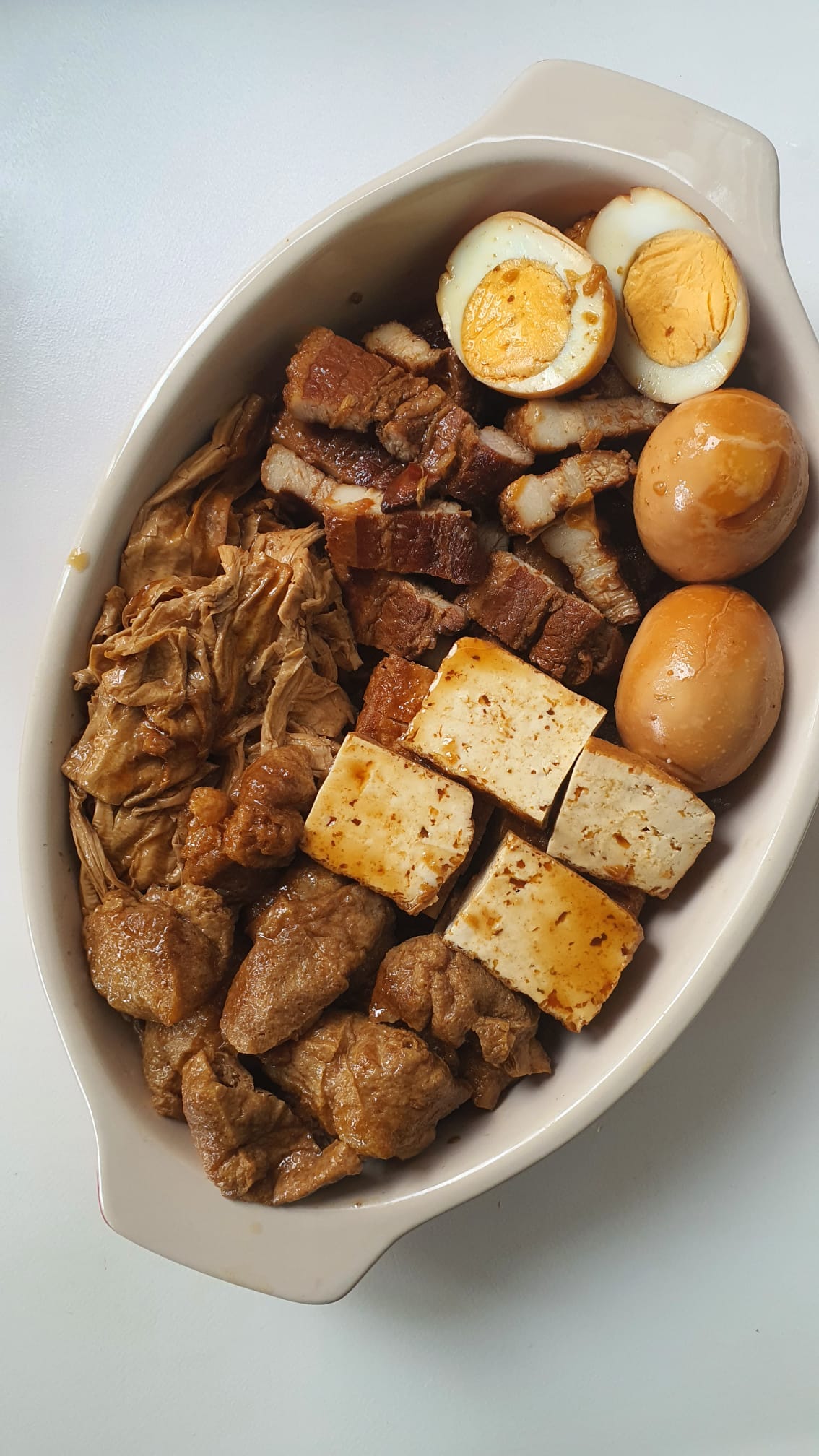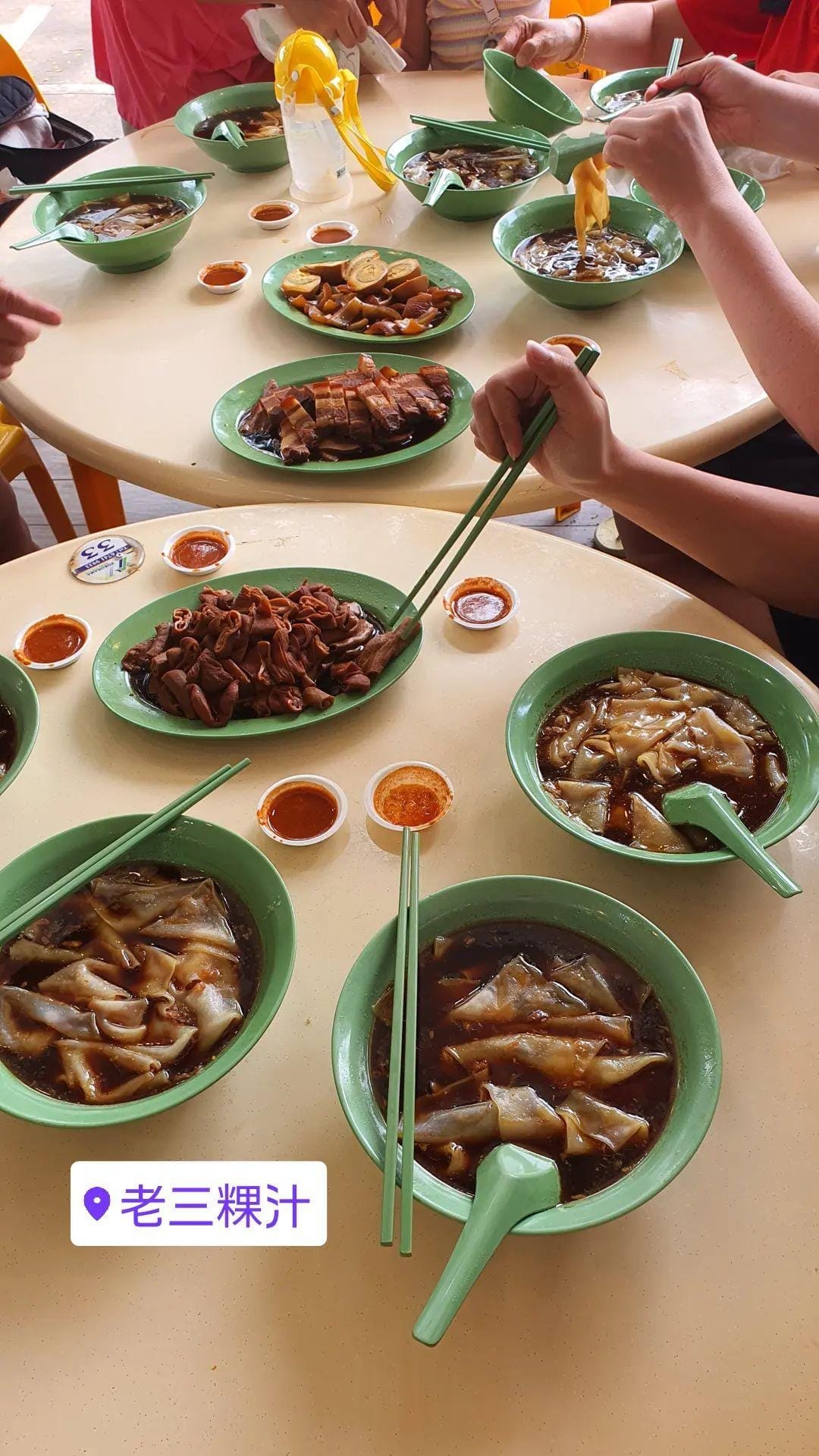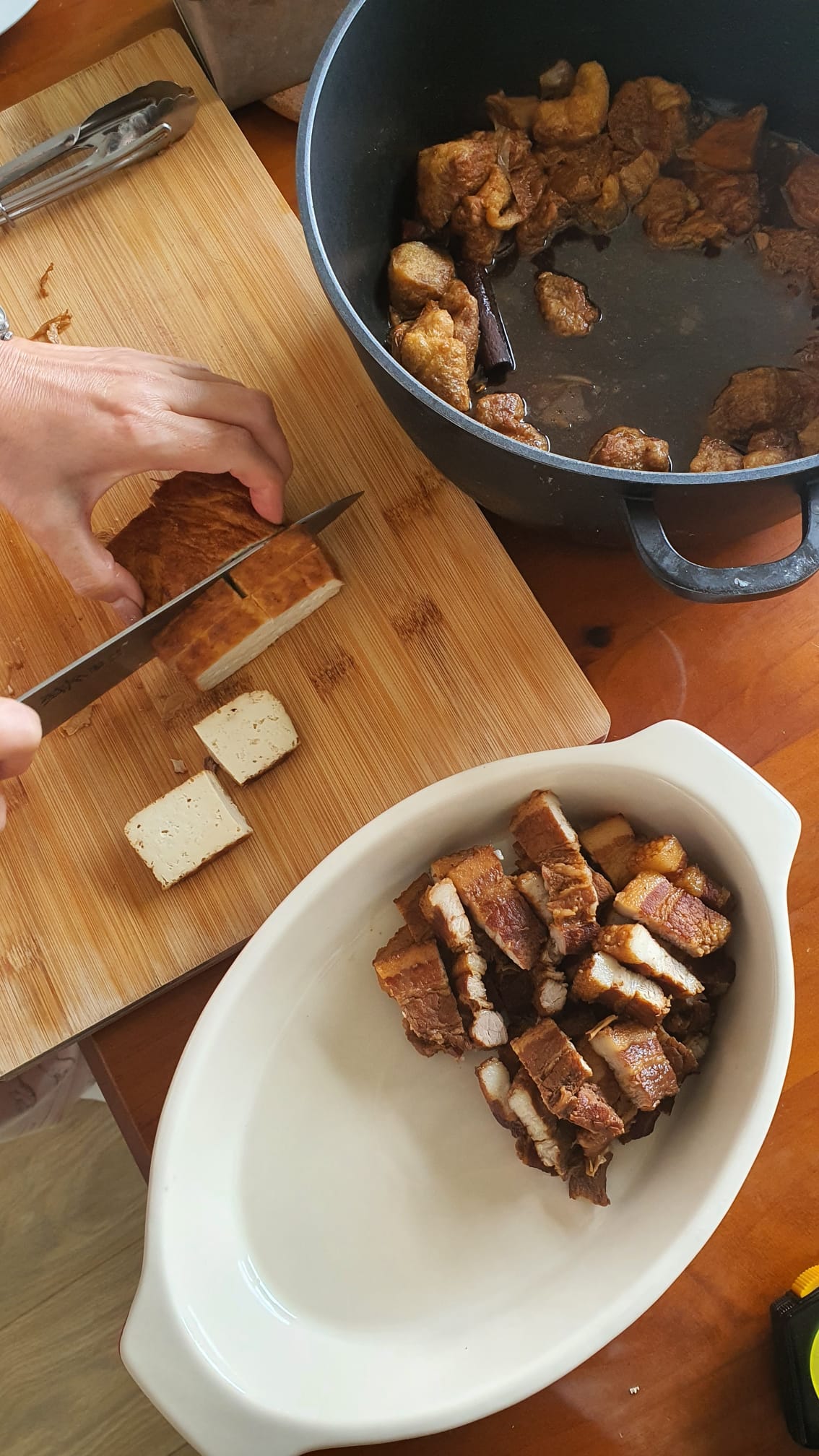My in-laws departed on a plane yesterday morning. Over the course of the past three weeks, my mother-in-law and I have been cooking together a fair bit. We did so once in an AirBnB on our roadtrip to Germany, but for the most part, we cooked together for weekday dinners when they stayed with us in the Netherlands. I taught her to prepare Western dishes that she had a curiosity for, such as roast chicken and white asparagus soup, and she taught me her lor bak, or braised pork belly.
The lor bak cooking session was unplanned and came unexpectedly out of a discussion on lor bak 卤肉 and tau you bak 豆油肉 - variations of pork belly cooked in soy sauce. As Singaporean cooking isn’t as well-codified as European cuisines, definitions and the boundaries that surround dishes are often murky. My MIL asserted that lor bak and tau you bak (literally soy sauce pork) are two distinct dishes - the former braised and the latter fried - while I’d previously thought of the two dishes as being synonymous. Since my MIL is of Teochew and Hokkien heritage, I thought what better way to learn than for her to show me how she cooks lor bak at home, so I pedalled my bike to the Asian grocer to grab ingredients for that day’s dinner.
Lor 卤 means to simmer an ingredient - typically pork or duck - in a flavourful, soy-based liquid. Both the meat and the liquid in which it cooks are improved at the end of the braising - the former brims with flavour from its bath and the lor, in turn, is bolstered by the meat’s inherent umami. It is not uncommon for hawkers to treat their lor like a baker cares for sourdough starter - feeding it with more meat and topping it up with water with every braise, thereby keeping a small fraction of the original soup alive in perpetuity. For this reason, lor is sometimes translated to English as master stock, carrying the soul of its past incarnations and only getting more intense and flavoursome with age.
Mastering a dish like lor bak is like having a multitool knife in your backpocket; it opens up a range of culinary possibilities. Braise duck instead of pork and you get lor ark. Add a selection of mixed offal to the lor, in addition to the pork belly - pig ear, tongue, intestines, pork belly - and you get kway chap, one of my favourite hawker dishes. Even if the cook has little permanent fridge or freezer space for lor, it is never wasted for it is culinary gold. Steep hard-boiled eggs and tofu in leftovers overnight and the flavours seep right to the core. You can also float broad silky rice noodle sheets (kway) in it to enjoy alongside your braised meats, or thicken the lor with cornstarch to get a gloopy gravy that you can slurp with thick Hokkien noodles, thus transforming it into another popular hawker incarnation, lor mee. Lor is also terrific when used in lieu of water to cook rice or porridge with.
Lor bak isn’t a hawker dish. Unlike braised duck, it is also less likely to be found on the menus of restaurants. Still, it touches an emotional chord with many Singaporeans who encounter it at economic rice stalls or Teochew porridge stalls, if they are not lucky enough to enjoy it at home. My MIL’s lor bak does not simply involve pork belly, but comprises a whole braised platter: pork belly, dried tofu sticks, firm tofu, eggs, and tofu puffs. The whole shebang. While it sounds like a serious undertaking, my MIL’s cooking style has always been characterised by a refreshing amount of ease. In any case, she tells me that she prepares this dish not for the parties that she throws at home but for everyday meals. Despite her easy-breezy, casual style of cooking, she is paradoxically meticulous in her approach to lor bak. She tells me that she learnt to make the dish from her mother, which made me pay attention immediately because I know that my grandmother-in-law is a terrific cook.
We begin with the pork. If you live overseas like me, you might have observed that Western supermarkets tend not to stock whole pieces of pork belly. Instead, what is often available are quick-cooking slices of pork belly or thicker strips. While not great for things like roast pork belly or kong bak bao where an entire slab is definitely preferred, thick strips are rather ideal for making lor bak. (These strips that you see here are still on the thin side, but they are good enough.)
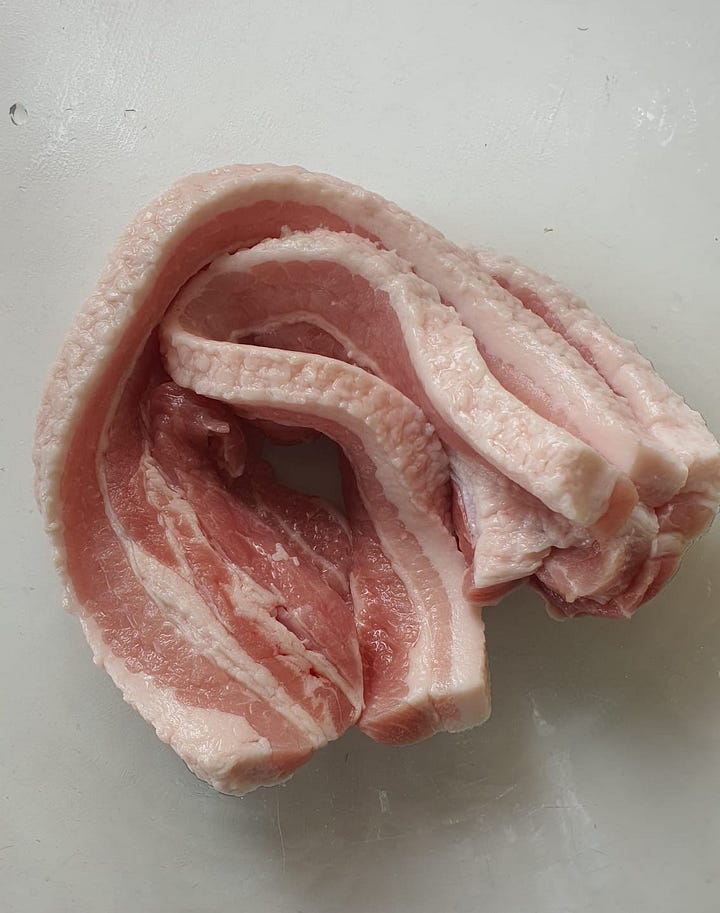
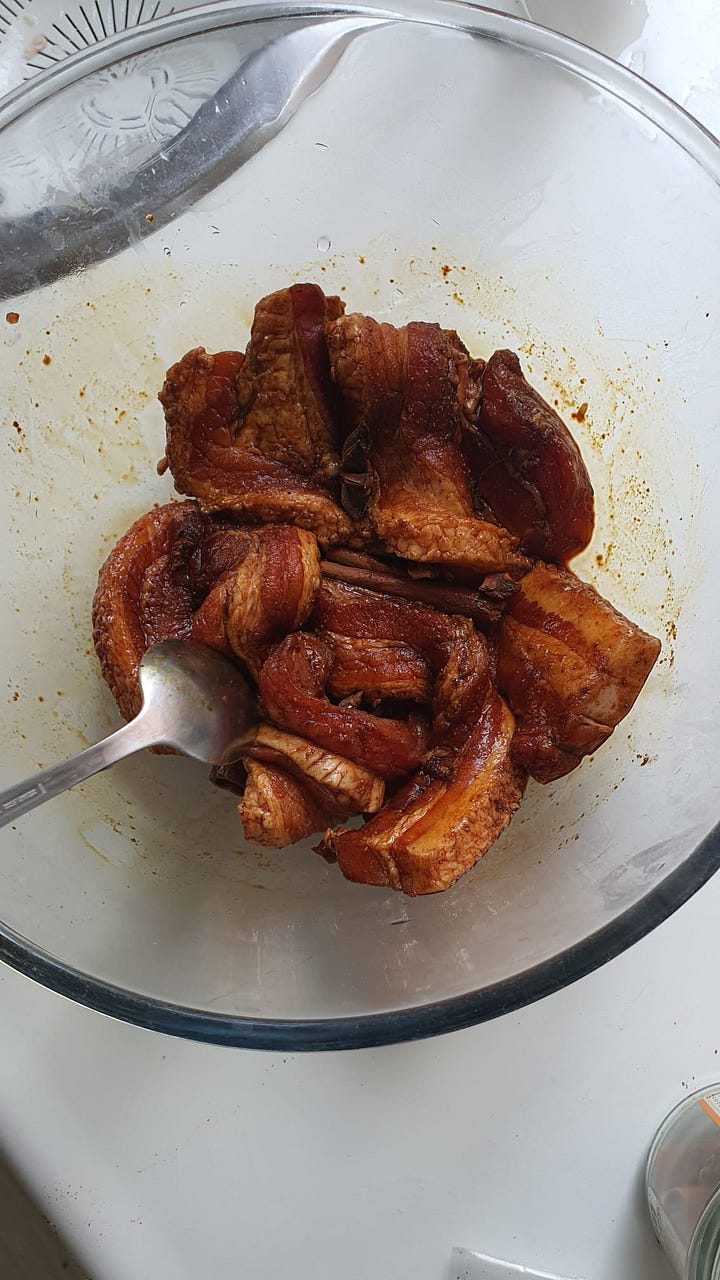
An hour-long marinade in dark soy sauce allows it to permeate the pork, beneficial not only for its flavour, but also colouring more beautifully later when it is seared. My MIL also adds salt to season the meat well while maintaining a delightfully light and not-too-salty quality to the braising liquid. A note on dark soy sauce: not all are made equal. There’s the more affordable, thinner variety of dark soy sauce, and then you have treacle-like dark soy sauce that coats the bottle when swirled, often enjoyed as a condiment to chicken rice or bak kut teh. You can use either for lor bak - the thicker variety (my MIL’s preference) will impart a caramelised, and glossy look, while the thinner variety (which is what we tested this recipe with) will produce a more graceful-looking lor bak. Into the pork go spices - cinnamon sticks, star anise, and five-spice powder - and lightly bruised garlic cloves.
The time that the pork belly sits in its marinade is the perfect time to prepare the other ingredients that will braise with the pork. Dried tofu sticks are soaked in a liberal amount of water from the tap. Eggs are hard-boiled and peeled. Tofu puffs are soaked in hot water and squeezed to expel their grease so that the resulting lor bak isn’t too greasy. I was pleasantly surprised when my MIL instructed me to do this - I knew that Japanese cooks are prone to do this when preparing oden, but I had no idea that Singaporean cooks practised this too.
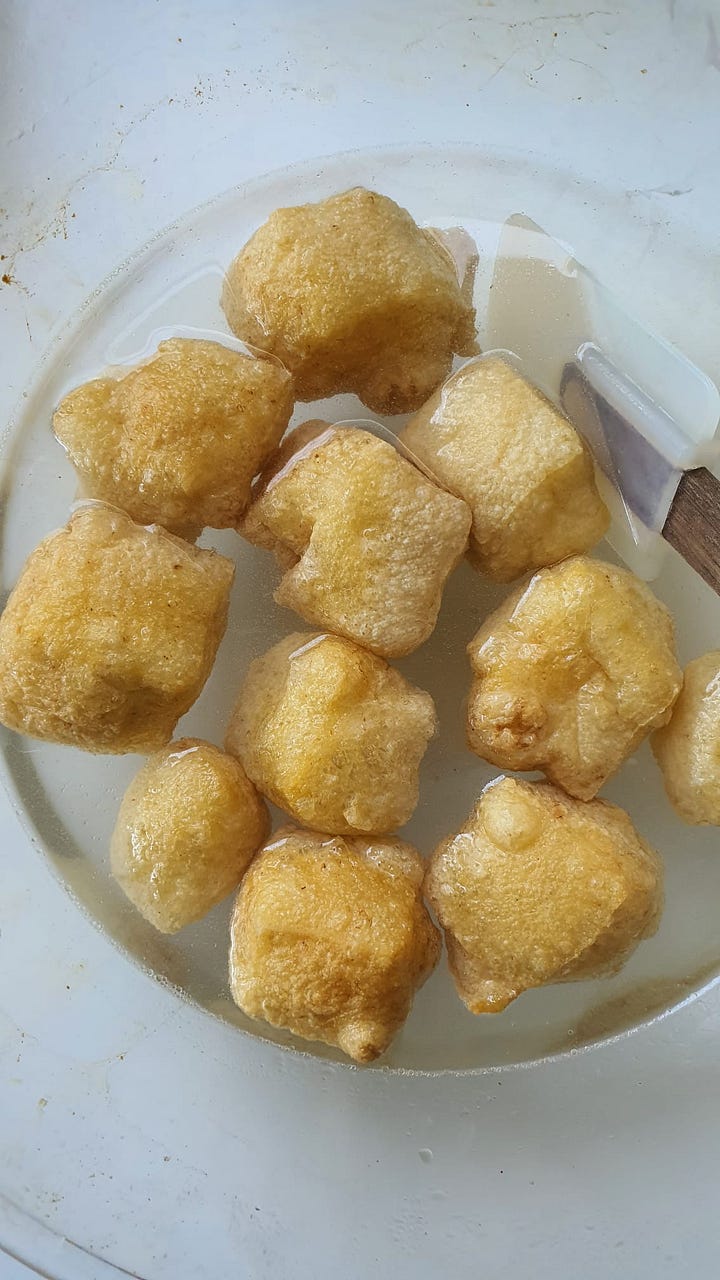
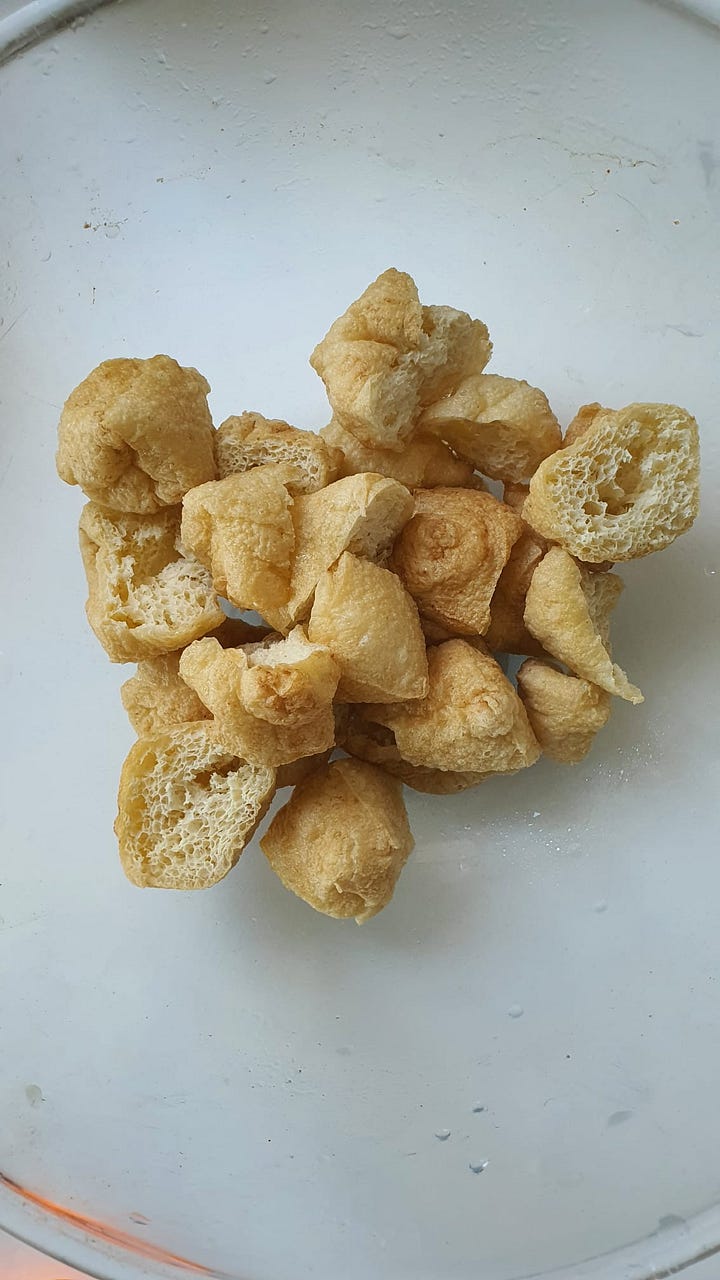
My mother-in-law typically does not sear her firm tofu, but I am now a convert, after TW of
shared his recipe for lor ark (braised duck). This creates two separate textures in the tofu, a rough “skin” that sponges up the gravy well and the smooth curd beneath.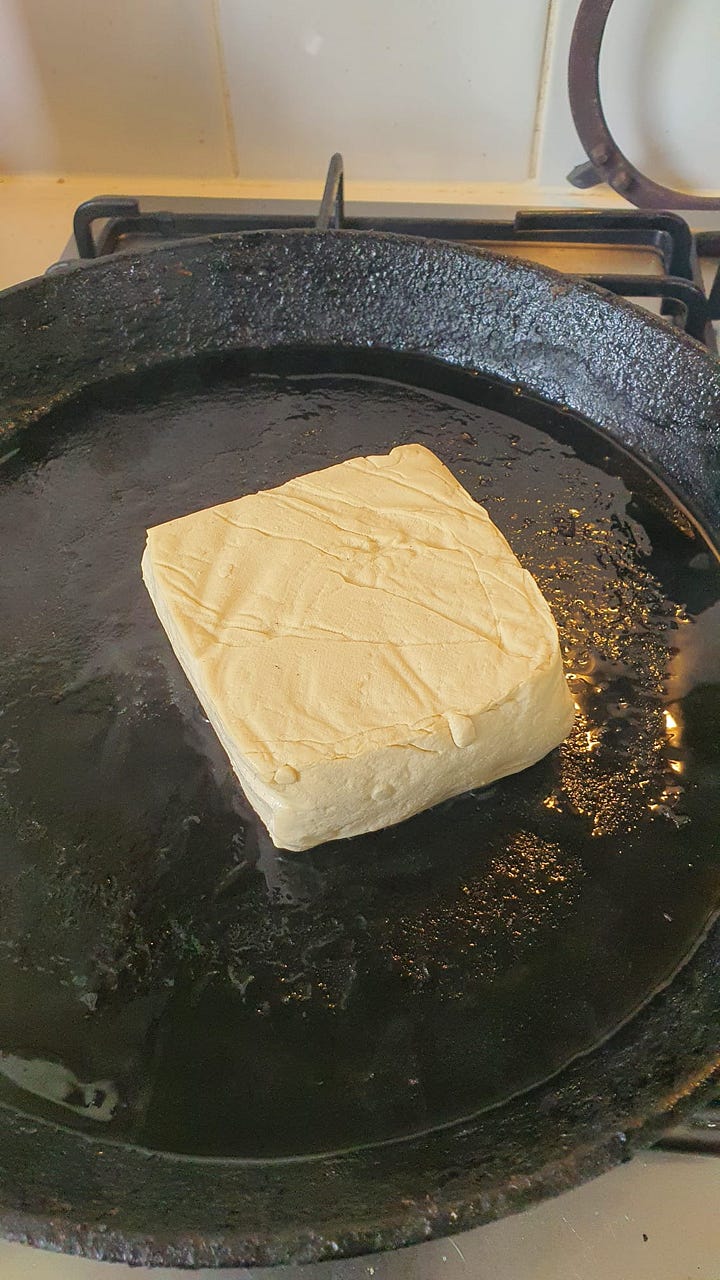
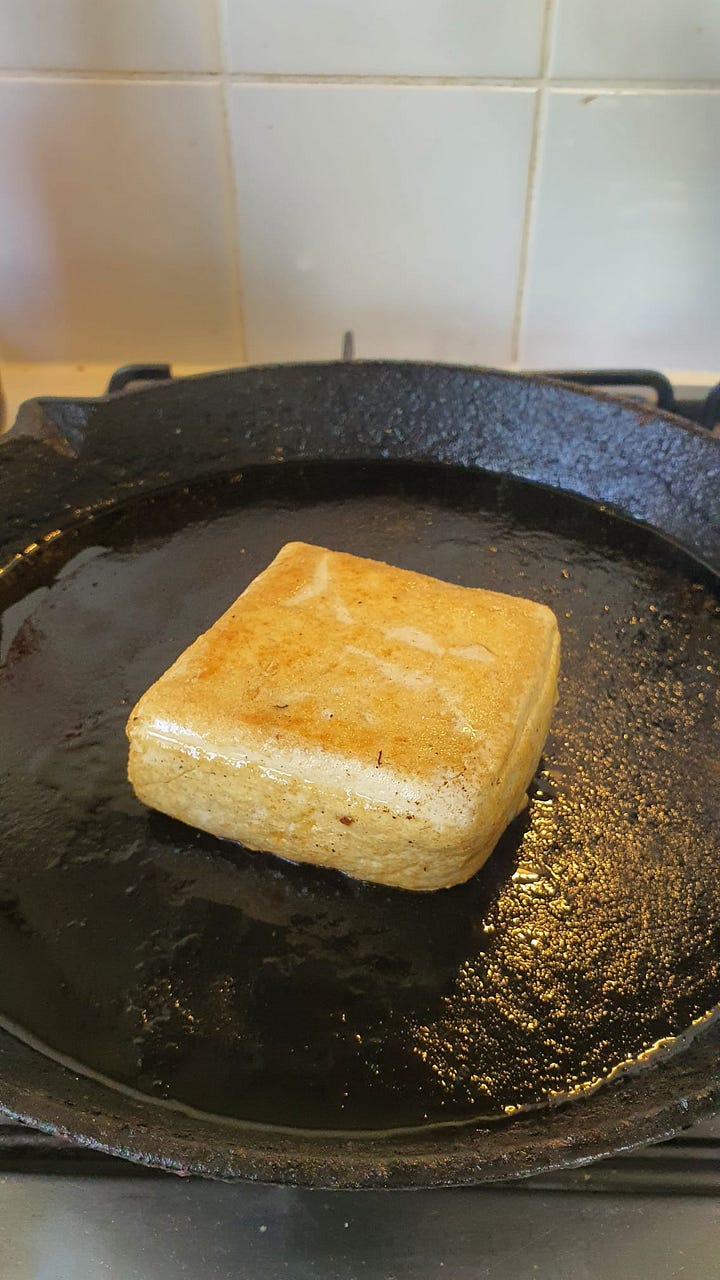
Like TW’s recipe, my MIL’s lor bak begins with a caramel. Unlike Western caramels which begin with sugar and a touch of water, caramel for lor is made by cooking sugar in oil until it caramelises. Then, instead of deglazing the pan with water, as one is wont to do in Western cooking, aromatics are added to the oil-caramel mixture and hastily stir-fried. These are the spices and garlic that had been sitting with the pork belly, plus roughly cut pieces of galangal - absolutely quintessential to the dish. “Mmm, so fragrant already,” my MIL coos at the smell emitting from the pot.
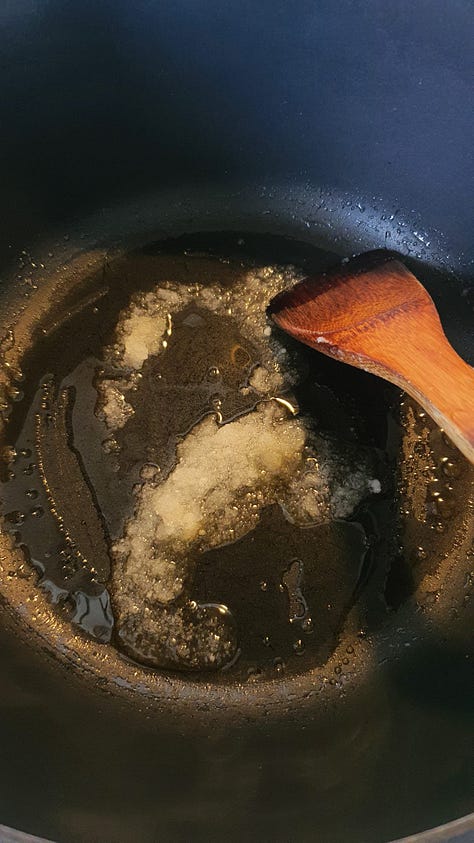
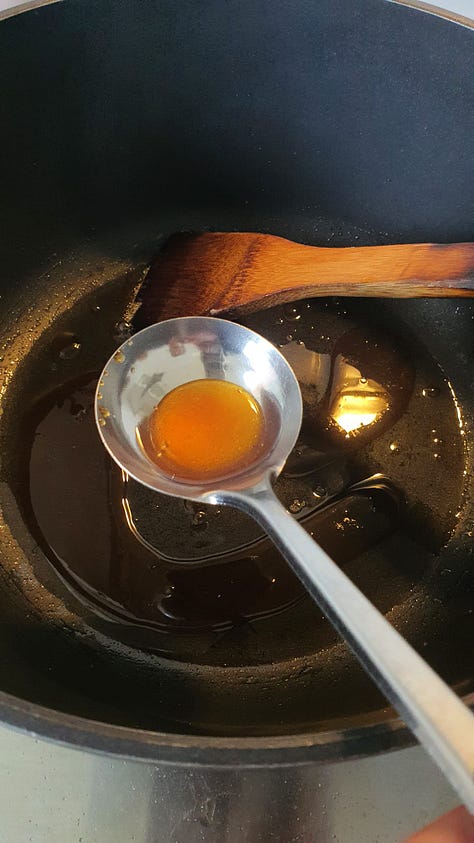
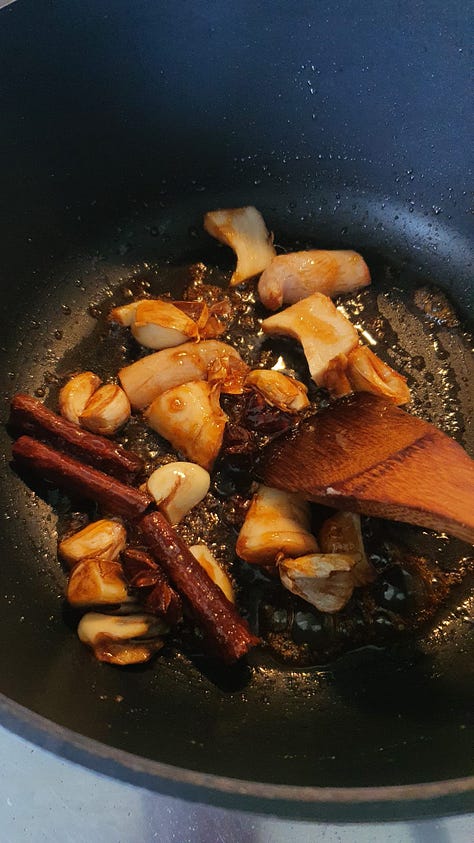
The pork strips are laid across the base of the pot to sear, the dark soy sauce absorbed into the pork’s pores and the sugars in the pan turning dark and incredibly fragrant. I was in awe. These are techniques that you don’t really find on the Internet, that cooks in Singapore tuck away into their back pockets and don’t share when verbally disclosing a recipe, because the way to truly learn to cook in Singapore is by watching, observing, and imitating. I noticed this when I was teaching my mother-in-law to cook. Her eyes were constantly watching as I prepared a certain ingredient, alert to when something is added to the pan without announcement even as her hands were busy with the chopping of garlic or onion. It amuses me to imagine what might have caused this hypervigilance - so many Singaporeans shroud their cooking in secrecy, and even those who are generous enough to let you into their kitchens to cook alongside them might discreetly sneak ingredients into the pot when you’re not watching.
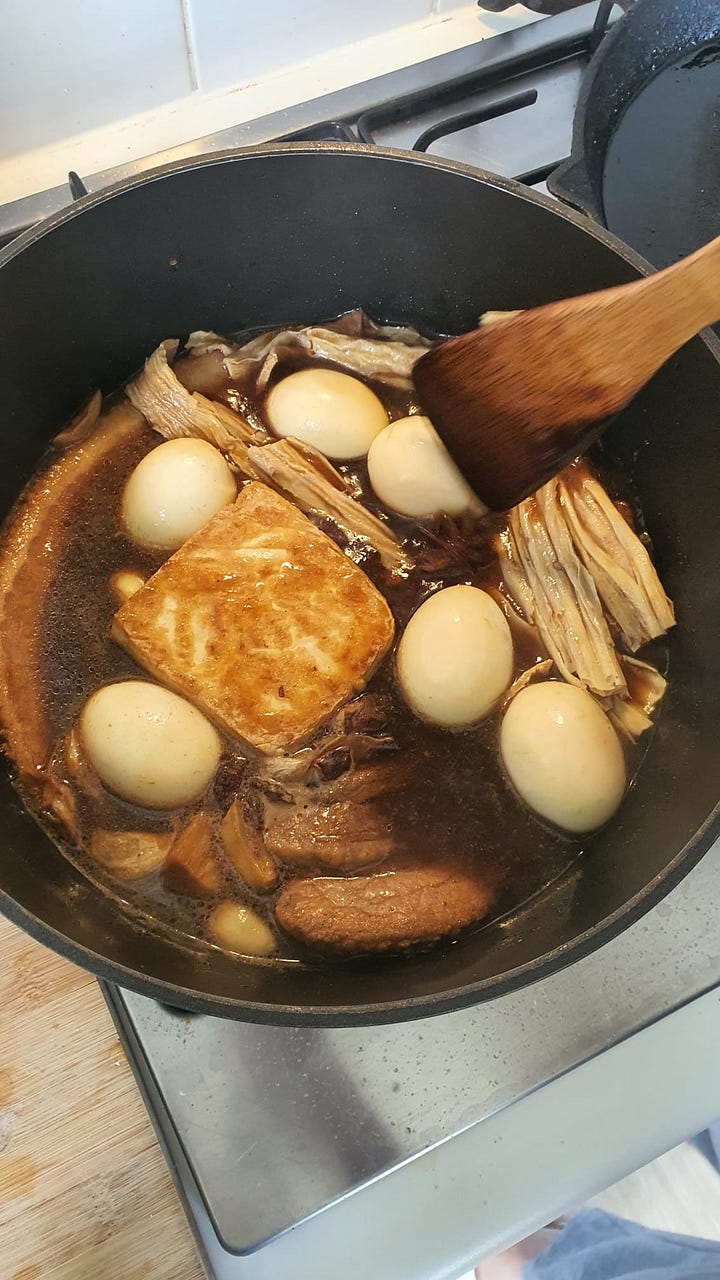
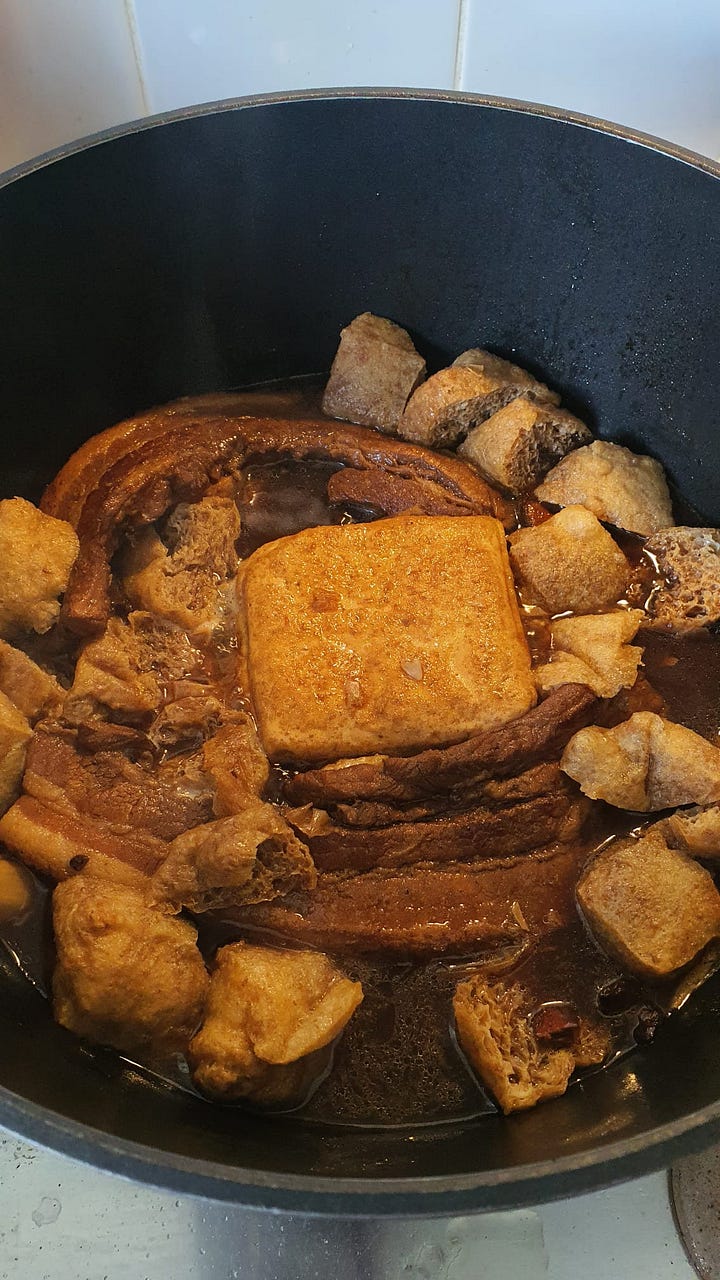
Only water and a splash of dark soy sauce for colour was added to the pan. It wasn’t very much liquid at all - barely enough to cover the pork - and we arranged the eggs, tofu sticks, and firm tofu around the meat, flipping them around so that everything was coated in the liquid. “Use your eyes to watch. You have to watch,” my MIL repeated for emphasis, explaining that there’s no definite time for how long everything requires. Once the tofu sticks have softened, take them out of the pot or they will disintegrate. Flip the tofu and eggs occasionally during the cooking time so that they colour evenly. Jab the pork with a fork to gauge how long more it has to go. The tofu puffs are added only when the pork was about done, the rationale being that they will sponge up all of the braising liquid if added too early. It occurred to me how challenging it is to write a streamlined recipe for this sort of Asian cooking, a type of cooking ethos that we describe as agak agak in Singapore, or the act of observing and adjusting, or of remaining an active participant in the cooking process even if time is doing most of the heavylifting. It certainly isn’t as passive as putting the lid on and walking away for 2 hours.
When the pork was done, my MIL pulled out a cooking board, laid it across the table, and sliced everything up to bite-size pieces. “要摆美美拍照!” (“We have to arrange everything nicely for the photo!”) It was a proud moment. And even though it was my mother-in-law’s dish, the sense of pride emanating from a single pot of food was infectious. That something so startling in its simplicity, so humbly evocative of home, and so one-tone in a conventional photographic sense could nonetheless bring a little bit of splendour into our everyday lives.
Lor Bak
MAKES 6 SERVINGS

